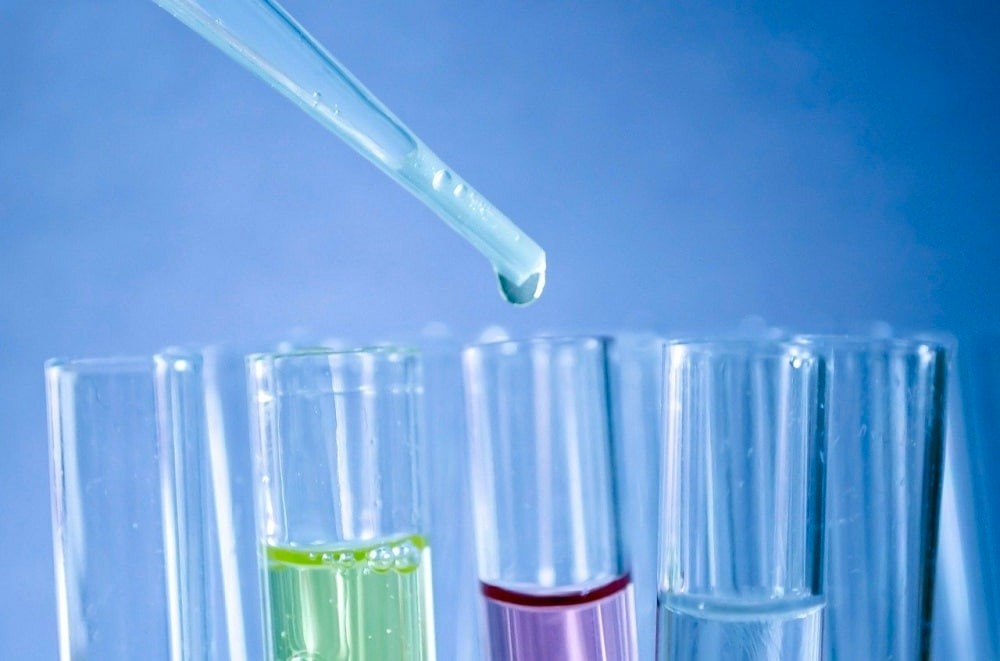Since water is the most important substance for human life to sustain, water quality testing and other procedures for water analysis are so crucial to our health. Your municipal supply is regularly tested and analyzed to determine whether it is potable and whether any potentially hazardous pathogens or contaminants are present, which may endanger the health of those who rely on this source unless you live in a rural area and use well water.
We rely on water treatment facilities to remove contaminants from our drinking water, but they cannot help us. The dated equipment that these facilities are compelled to use is only useful for demineralizing reservoir-entry water. This equipment is unable to effectively remove nearly anything, except for particles present in the water.
Water analysis:
A home drinking water analysis is likely to reveal any number of chemical contaminants as well as toxic heavy metal traces due to the porous membrane filters used in water treatment facilities. There is a good chance that the groundwater system contains up to 80,000 different chemical agents, and many of these chemicals are probably in the waterways that feed your community.
Purity of water: In laboratories and quality assurance departments all over the world, a routine task is to test for the additive’s purity or, depending on the application, its presence to ensure that it meets expectations. In civil engineerings, such as system administration, as well as in any research, clinical, or production environment that requires water of a consistent quality, water analysis and quality testing are routine tasks.
To check the microrganisms: Screening for the presence of microorganisms in supplies is one of the more common uses for water testing; whose significance is immediately apparent if you think back to the fatal cryptosporidium infections that occurred in the 1990s. A failure in the municipal quality testing procedures was largely to blame for the illness and death of many city residents. When it comes to drinking water supplies, it is evident that precise water analysis can mean the difference between life and death.
Processes to be used: Reverse osmosis, electrodialysis, and other water filtration systems that are intended to maintain the purity and consistency of a supply are frequently the targets of testing, which is typically carried out in conjunction with and in large part to monitor their efficiency. The range of tests that can be done to determine the quality of the water may include measuring pH and mineral content. These tests are especially common in the production of food and beverages because these quality factors can affect the taste and consistency of the finished product.
Water quality testingi;
It is not just limited to the laboratory or large-scale water systems like those in cities. Additionally, a wide range of water testing and analysis instruments have been developed with the home user in mind. Even though many of these don’t have the same level of precision as products made for the scientific market, consumers are increasingly interested in knowing exactly what’s in their drinking water, so home water testing devices are becoming more and more common.
The quality of the water used for drinking, watering plants, and other common household tasks is important. Water analysis is just as important as water itself because quality testing is also crucial in the laboratory, in the production of a wide variety of consumer goods, and virtually everywhere else that water is used; essential for both the health and survival of our species.


